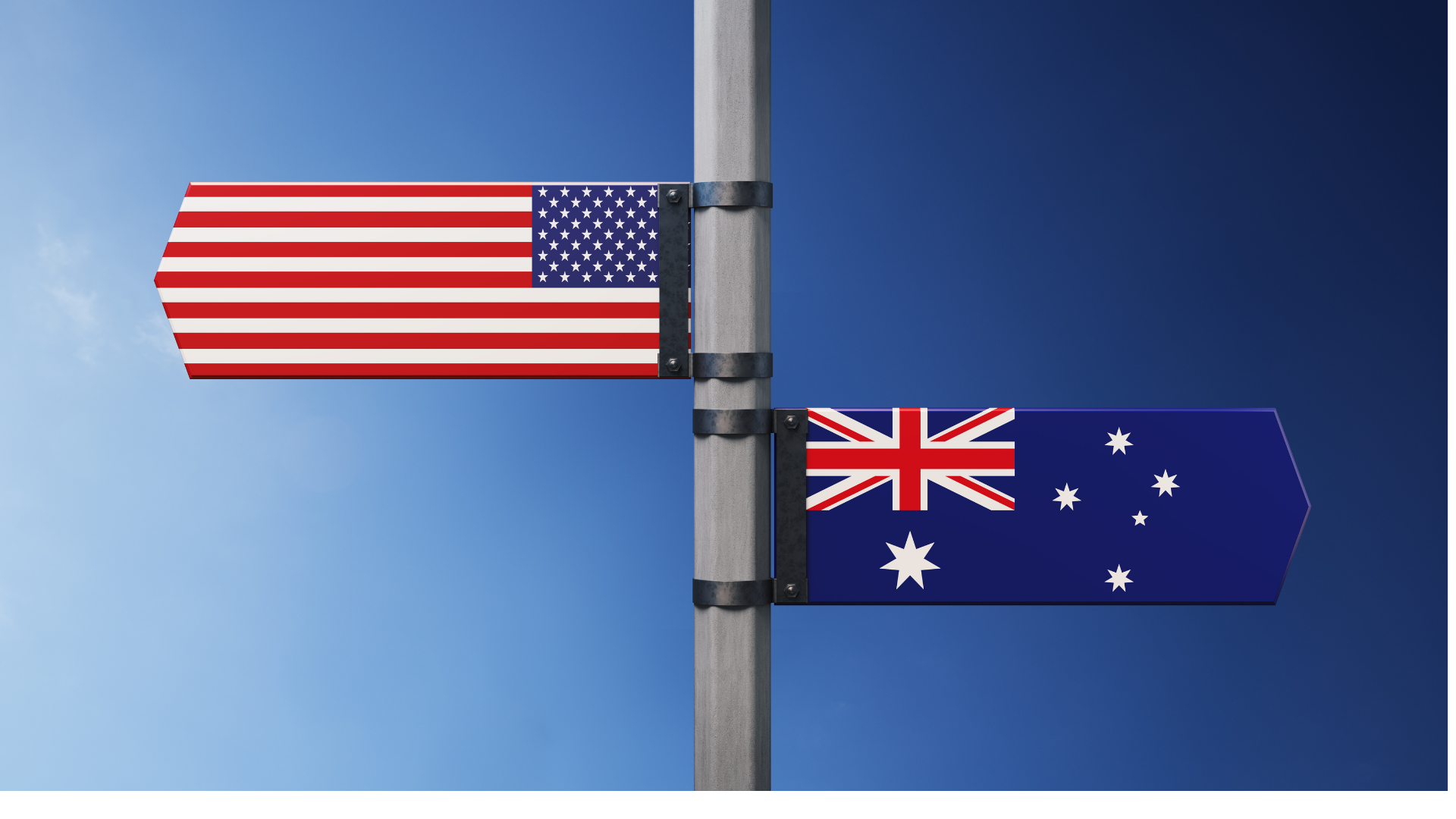How America’s trade tariffs impact Australian manufacturing
When president Trump announced that the United States would be putting tariffs on imported goods, news channels erupted across the globe. Different countries were assigned different percentages on exports to America, all with their own underlying meanings attached.
“10% – that’s a tariff. You go above that, that’s political,” says economist Martin Armstrong.
As it happens, Australia’s tariffs stand at 10%. For a while, China, one of our biggest trading partners, was slapped with a 54% rate, leading many Australian manufacturers wondering what the flow-on effects would be on their domestic market. Now, they can breathe a sigh of relief.
After a rollercoaster ride through trade war negotiations, the US’ tariffs on China have been lowered to 10% – a true tariff.
“I understand what Trump is trying to do. He’s trying to create more free trade through negotiation.” says Armstrong.
The 54% spike indirectly affected Australia in two ways:
- Opening the door for exports of rare earth minerals, normally supplied by China, and
- Leaving Australian manufacturers in a vulnerable position if cheaper imports flooded the country
In the past, Australia had placed it’s own tariffs on trading partners in an effort to protect local industry. Right now, America is doing the same for its manufacturing sector. The strategy has worked successfully in the past – but is it still relevant for today’s rapidly changing world?
America’s tariffs: the right strategy at the right time?
In the past 200 years, three U.S presidents have used tariffs to protect their manufacturing sector. The first was McKinley, who implemented the McKinley Tariff in 1890, at the dawn of the U.S’ Industrial Revolution. The second was president Hubert Hoover, who brought in the Smoot-Hawley Act in 1930. The Act was made in an effort to curb the Great Depression – a move that many wrongly attribute to the cause of the crash itself. Trump’s tariffs are the latest in U.S history, spurred on by a desire to make America great again. Yet, times have changed.
“I think that the issue is that what Trump is doing is what we were all taught in school back then. So it’s not something that he has dreamed up by himself. I was taught that back in high school in the 60s, too. I think basically, Schumpeter is correct – it (the tariffs), are a wave of creative destruction. We shouldn’t be trying to create manufacturing jobs when the next generation is software, intelligence, and technology,” says Armstrong.
To some, this may sound like the death of manufacturing in the U.S. To others, it’s the dawn of a new era; where next generation technology meets traditional processes to break new ground.
Can protectionism and innovation co-exist?
Joseph Schumpeter was a 20th century economist with an interesting view on the link between tariffs and innovation. While he acknowledged their role in protecting local industry, he observed that, at times, they had a negative effect on innovation.Today may be one of those times.
With sophisticated manufacturing and maintenance software featuring AI models entering the industrial space, new technology is pushing traditional manufacturing methods into new territory. Integrated programs such as CMS Connect and Thermoprophet, a software used by the CMS Eidos, cut down on set-up times, improve quality control, and minimise manual labour. This opens up a whole new ball game for manufacturers; making the “brains” behind production more powerful than ever.
In other words, a new kind of innovation is beginning to evolve – and it’s disrupting the industrial sector in ways never before seen. Constraints like the tariffs may dampen innovation in some sectors – but as creatives, inventors, and mavericks know well, there is no innovation without them.
Next month, we will go in-depth on this subject, exploring AI and robotics in detail. Be sure to read our take on these growing fields – as Armstrong says, technology, intelligence, and innovation are the future.



